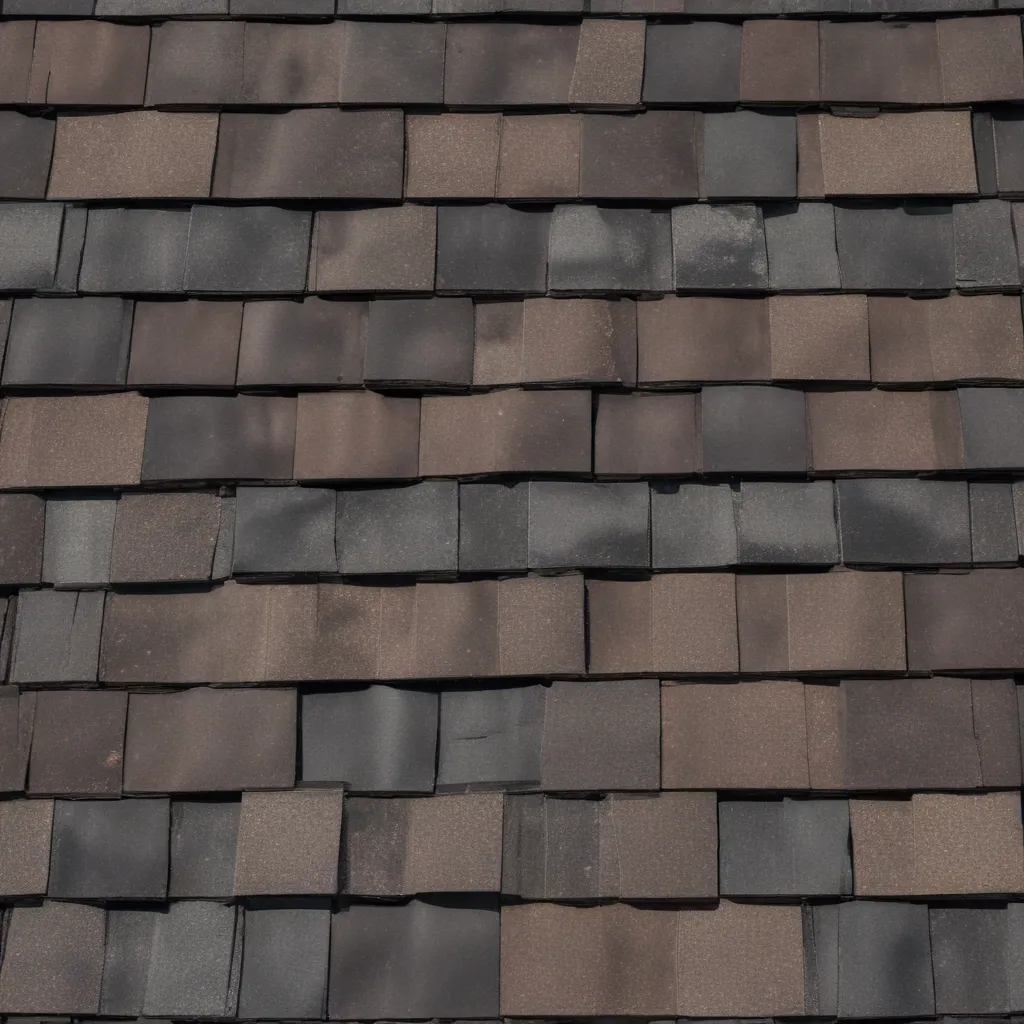
In today’s rapidly evolving world of home construction and renovation, the roofing industry has emerged as a true beacon of innovation. No longer are roofs simply functional structures meant to provide shelter – they have transformed into dynamic, multifunctional systems that cater to the ever-changing needs of homeowners. At the forefront of this revolution are composite roofing materials, offering a remarkable blend of durability, energy efficiency, and aesthetic appeal.
Residential Roofing Trends
The residential roofing landscape is witnessing a profound shift, driven by the evolving preferences of homeowners and a growing emphasis on sustainability and energy efficiency. Homeowners are increasingly seeking roofing solutions that not only protect their homes but also contribute to the overall value, comfort, and environmental impact of their properties.
Evolving Homeowner Preferences: Today’s homeowners are more discerning than ever, prioritizing roofing materials that not only offer longevity but also enhance the visual appeal of their homes. Composite roofing materials have risen to the forefront, catering to this demand with a diverse range of design options, from sleek and modern to timeless and traditional.
Sustainability Considerations: Environmental consciousness has become a driving force in the residential roofing industry. Homeowners are actively seeking roofing solutions that minimize their carbon footprint and contribute to a more sustainable future. Composite materials, with their enhanced recyclability and energy-efficient properties, have emerged as a preferred choice for eco-conscious homeowners.
Energy Efficiency Demands: As energy costs continue to rise and the need for environmentally responsible living becomes more pressing, homeowners are demanding roofing systems that optimize energy efficiency. Composite roofing materials, with their advanced insulation properties and reflective capabilities, have proven to be invaluable in reducing energy consumption and lowering utility bills.
Types of Composite Roofing
The composite roofing category encompasses a diverse range of materials, each with its own unique characteristics and benefits. Let’s explore some of the most prominent types:
Polymer-Based Composites: These materials are crafted from a blend of polymers, such as polypropylene or polyethylene, combined with various fillers and reinforcements. The result is a durable, lightweight, and weather-resistant roofing solution that can mimic the appearance of traditional materials like slate or cedar.
Fiber-Reinforced Composites: Utilizing fiberglass, carbon, or other synthetic fibers, these composites offer exceptional strength and impact resistance. They are often engineered to replicate the look of traditional roofing materials while providing superior performance characteristics.
Hybrid Composite Systems: Combining the best features of multiple materials, hybrid composite roofing systems integrate the advantages of different components, such as the durability of metal and the aesthetic appeal of synthetic tiles or shingles. This approach allows for customizable solutions that cater to specific homeowner preferences.
Advantages of Composite Roofing
As homeowners and contractors alike embrace the potential of composite roofing materials, the benefits of this innovative approach become increasingly apparent.
Durability and Longevity: Composite roofing systems are renowned for their exceptional resistance to weathering, UV damage, and other environmental factors. Many composite materials boast impressive lifespans, often exceeding the lifespan of traditional roofing options, providing homeowners with long-lasting protection for their homes.
Low Maintenance Requirements: One of the key advantages of composite roofing is its minimal maintenance needs. Unlike traditional roofing materials, which may require regular cleaning, repairs, or replacement, composite roofs often maintain their appearance and performance with little to no intervention, saving homeowners time and money.
Aesthetic Versatility: Composite roofing materials offer a vast array of design possibilities, allowing homeowners to personalize the appearance of their homes. From sleek, modern looks to classic, timeless styles, the versatility of composites enables homeowners to seamlessly integrate their roofing with the architectural style and aesthetic of their properties.
Environmental Benefits: Composite roofing materials have a distinct advantage when it comes to environmental sustainability. Many are designed with recycled content, reducing waste and resource depletion. Additionally, the energy-efficient properties of composite roofs contribute to lower energy consumption and a smaller carbon footprint for the household.
Technological Advancements
The continuous evolution of composite roofing materials is driven by technological advancements in both material science and manufacturing processes. These innovations are shaping the future of residential roofing, offering homeowners enhanced performance and greater design flexibility.
Material Innovation: Researchers and material scientists are constantly exploring new formulations and manufacturing techniques to improve the durability, weatherability, and aesthetic appeal of composite roofing materials. This includes the development of advanced polymers, enhanced fiber reinforcements, and innovative coatings that further enhance the longevity and performance of these roofing systems.
Installation Techniques: Composite roofing materials have also benefited from advancements in installation methods. Streamlined application processes, improved interlocking systems, and compatibility with a wide range of roof structures have made the installation of composite roofs more efficient and accessible for homeowners and contractors alike.
Market Trends and Adoption
The growing demand for composite roofing materials is a testament to the significant impact they are having on the residential roofing landscape.
Residential Construction Dynamics: As homeowners become more conscious of the environmental and economic implications of their roofing choices, the shift towards sustainable and energy-efficient solutions like composite roofing has gained momentum. The residential construction industry has responded to this trend, increasingly incorporating composite materials into new-build and renovation projects.
Industry Regulations and Certifications: To ensure the quality and performance of composite roofing systems, industry organizations have developed strict guidelines and certification programs. Adherence to these standards not only provides homeowners with assurance of product reliability but also serves to drive innovation and continuous improvement within the composite roofing sector.
The residential roofing landscape is undergoing a remarkable transformation, with composite materials leading the charge. By combining durability, energy efficiency, and aesthetic versatility, composite roofing systems are revolutionizing the way homeowners approach their roofing needs. As technological advancements continue to shape this industry, the future of residential roofing promises to be one of innovation, sustainability, and unparalleled performance. Genuine Roof Systems is proud to be at the forefront of this roofing revolution, offering homeowners the very best in composite roofing solutions. Explore our composite roofing options today and experience the difference that cutting-edge materials can make for your home.

























